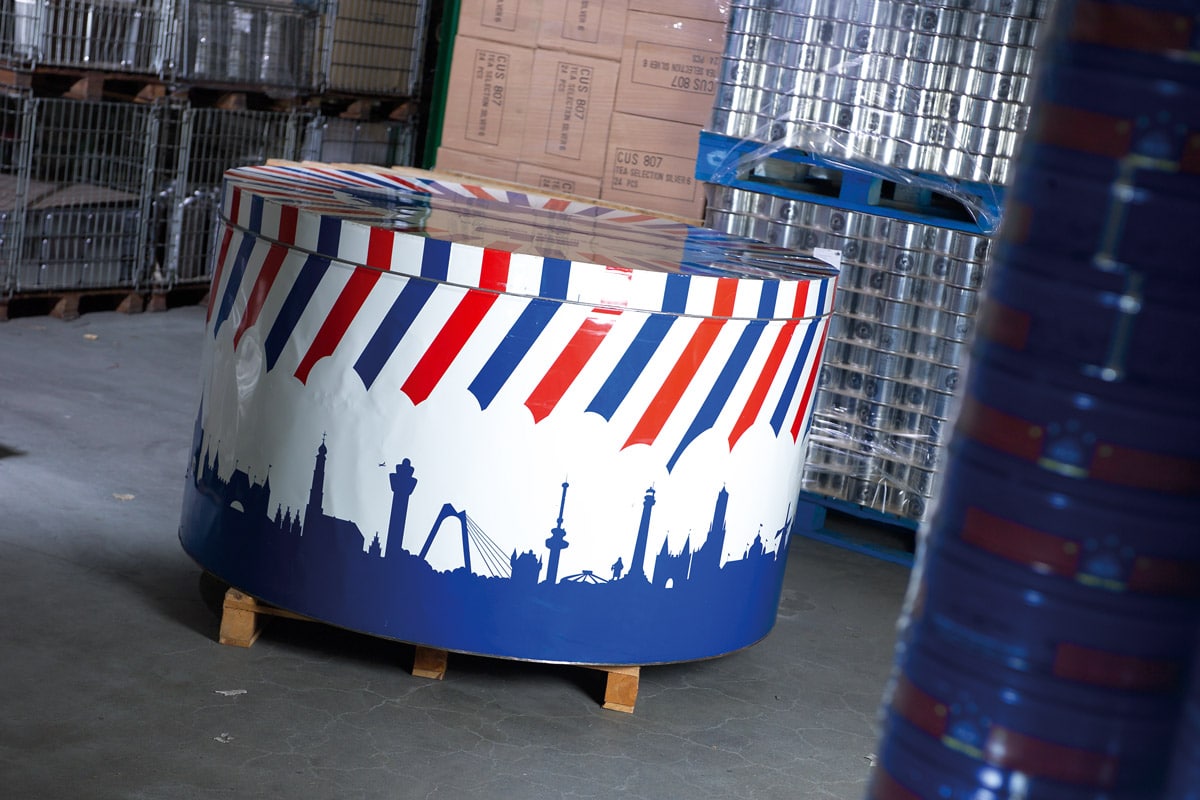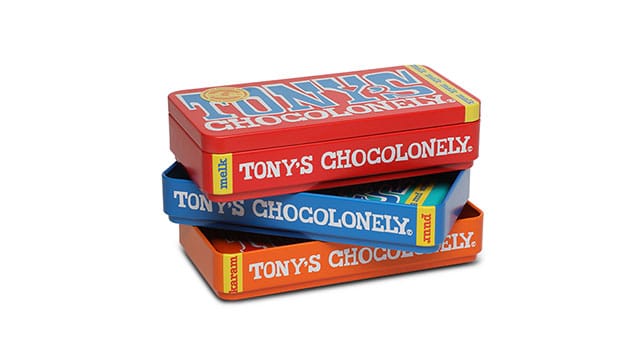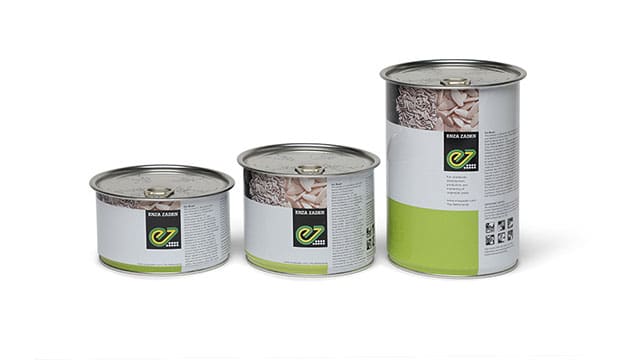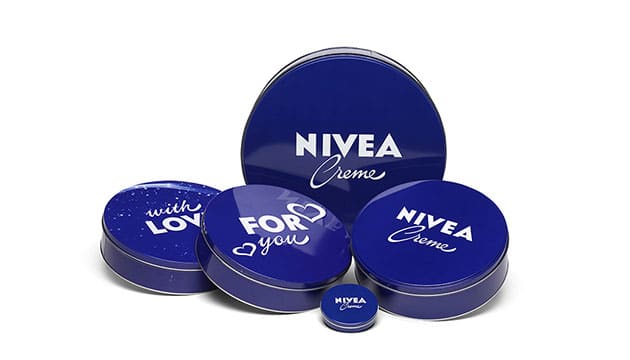Everything about tin
Everything you want to know about tinplate and metal-packaging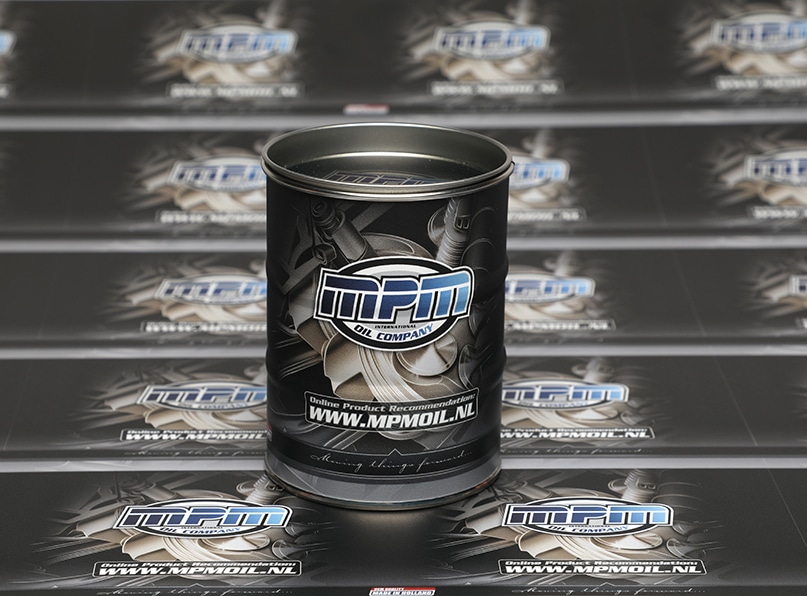
How is tinplate made?
The term ‘tin’ is commonly used to refer to thin packaging material (cans) or the exterior of a car. Tinplate is rolled sheet steel of small thickness (less than a millimeter). In the past, a hammer was used to strike the tinplate material at the desired thickness. Because this was very time-consuming, rolling machines were invented that could take over this process. They work faster and more accurately.
Who invented cans made of tinplate?
The history of tin starts in 1795, when Napoleon offered a cash prize of 12,000 francs for the person who would invent something to keep food longer preserved. He initially had a military goal in mind, because his soldiers also needed good preserved food during long campaigns and in difficult circumstances.

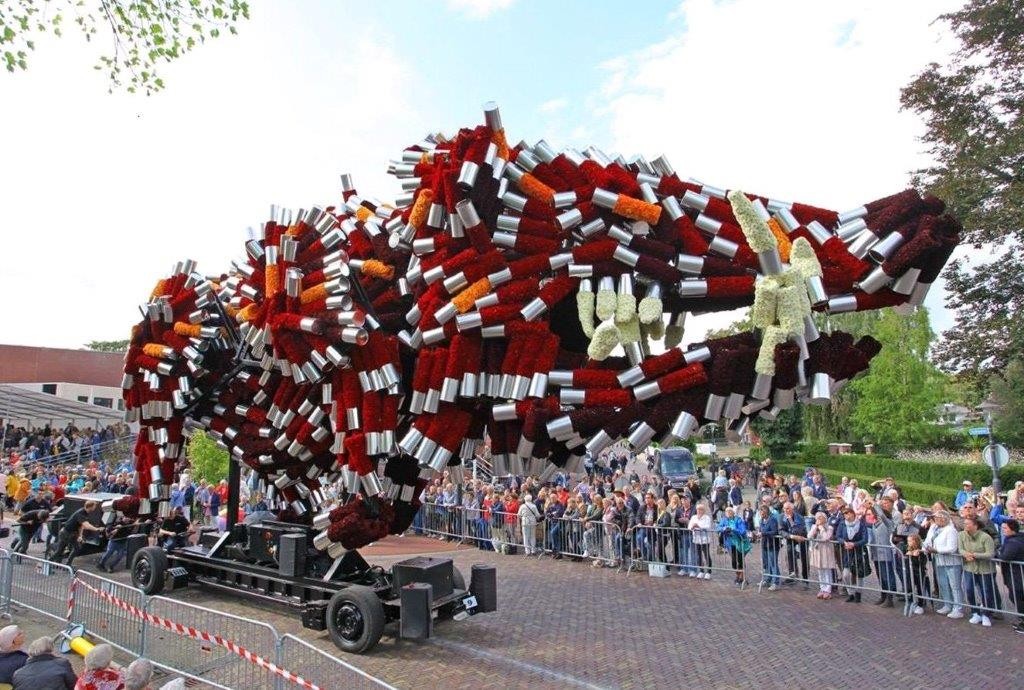
Blooming spectacle made of tin cans
In September, we saw a special application of our eyes during the `Bloemencorso Lichtenvoorde’. Imposing parade floats passed by in the Achterhoekse place, decorated with millions of colourful dahlias. Since 1929, thousands of volunteers have been building the impressive annual spectacle. on the National Inventory of Intangible Cultural Heritage, The tins decorated with dahlias represented cartridge cases and together formed an impressive wild boar. The tins could later be distributed among the volunteers and used for new applications (eg a trash can).
Largest can in the world
In 1994 we investigated if we could make the world’s largest candy drum. We thought it would be nice to have a chance to win a mention in the Guinness Book of Records. A wonderful challenge, because everything had to be made by hand.
